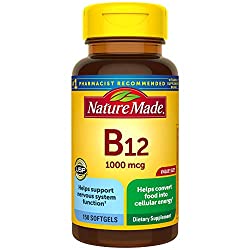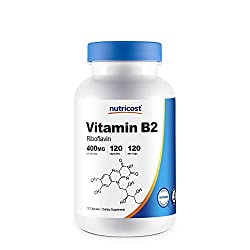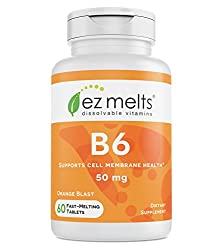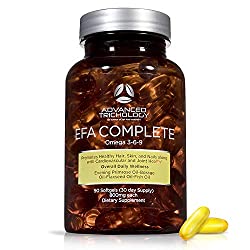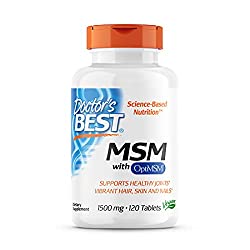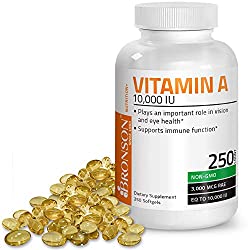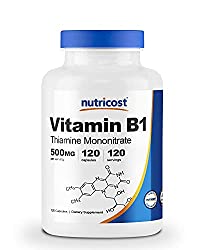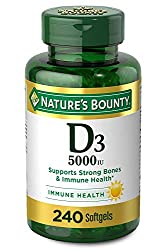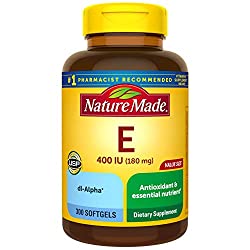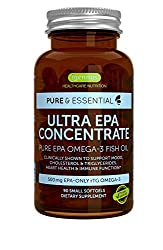Vitamins B12 Always consult your primary physician when starting a nutrition program with Vitamins B12. Vitamin B12 is an essential vitamin. This means that the body requires vitamin B12 to work properly. Vitamin B12 can be found in foods such as meat, fish, and dairy products. It can also be made in a laboratory. It… Continue reading Nutrient Profile – Vitamins B12
Author: jsmith
Nutrient Profile – Vitamins B2
Vitamins B2 Always consult your primary physician when starting a nutrition program with Vitamins B2. Riboflavin (also known as vitamin B2) is one of the B vitamins, which are all water soluble. Riboflavin is naturally present in some foods, added to some food products, and available as a dietary supplement. This vitamin is an essential… Continue reading Nutrient Profile – Vitamins B2
Nutrient Profile – Vitamins B6
Vitamins B6 Always consult your primary physician when starting a nutrition program with Vitamins B6. Vitamin B-6 (pyridoxine) is important for normal brain development and for keeping the nervous system and immune system healthy. Food sources of vitamin B-6 include poultry, fish, potatoes, chickpeas, bananas and fortified cereals. Vitamin B-6 can also be taken as… Continue reading Nutrient Profile – Vitamins B6
Nutrient Profile – EFA
EFA Always consult your primary physician when starting a nutrition program with Vitamin EPA. EFAs are a special type of “good fat”. They are also essential nutrients; sometimes called vitamin F. Essential nutrients are necessary for life, but must be obtained through diet because the body cannot make them. EFAs are required for the proper… Continue reading Nutrient Profile – EFA
Nutrient Profile – Vitamin MSM
Vitamin MSM Always consult your primary physician when starting a nutrition program with Vitamin MSM. Methylsulfonylmethane (MSM) is a chemical found in green plants, animals, and humans. It can also be made in a laboratory. Some literature that promotes MSM states that MSM can treat sulfur deficiency. But there is no Recommended Dietary Allowance (RDA)… Continue reading Nutrient Profile – Vitamin MSM
Nutrient Profile – Vitamins A
Vitamins A Always consult your primary physician when starting a nutrition program with Vitamins A. Vitamin A is the name of a group of fat-soluble retinoids, including retinol, retinal, and retinyl esters [1-3]. Vitamin A is involved in immune function, vision, reproduction, and cellular communication [1,4,5]. Vitamin A is critical for vision as an essential… Continue reading Nutrient Profile – Vitamins A
Nutrient Profile – Vitamins B1
Vitamins B1 Always consult your primary physician when starting a nutrition program with Vitamins B1. Extended Food Lists: Vitamin B1 (Thiamine) & Thyroid Hormone Vitamin B1, also called thiamine, is a B complex vitamin. It is found in many foods and is vitally important to keeping a body operating properly. “Thiamine is involved in many body… Continue reading Nutrient Profile – Vitamins B1
Nutrient Profile – Vitamin D
Vitamin D Always consult your primary physician when starting a nutrition program with Vitamin D. Vitamin D is essential for strong bones, because it helps the body use calcium from the diet. Traditionally, vitamin D deficiency has been associated with rickets, a disease in which the bone tissue doesn’t properly mineralize, leading to soft bones and skeletal deformities. But increasingly,… Continue reading Nutrient Profile – Vitamin D
Nutrient Profile – Vitamin E
Vitamin E Always consult your primary physician when starting a nutrition program with Vitamin E. Vitamin E is a fat-soluble nutrient found in many foods. In the body, it acts as an antioxidant, helping to protect cells from the damage caused by free radicals. Free radicals are compounds formed when our bodies convert the food… Continue reading Nutrient Profile – Vitamin E
Nutrient Profile – Vitamin EPA
Vitamin EPA Always consult your primary physician when starting a nutrition program with Vitamin EPA. EPA is used as a prescription medicine to reduce triglyceride levels. As a supplement, EPA is most commonly used for heart disease, preventing adverse events after a heart attack, and depression. It is also used for chemotherapy-related side effects, recovery after surgery, and many other… Continue reading Nutrient Profile – Vitamin EPA

